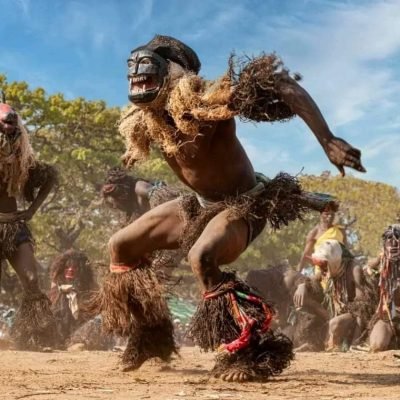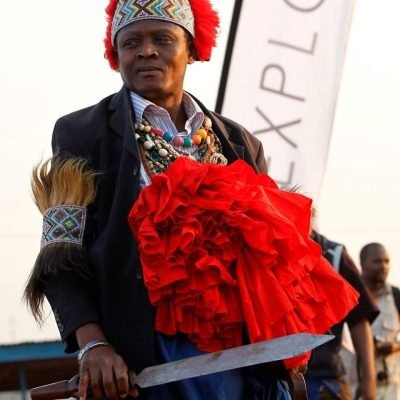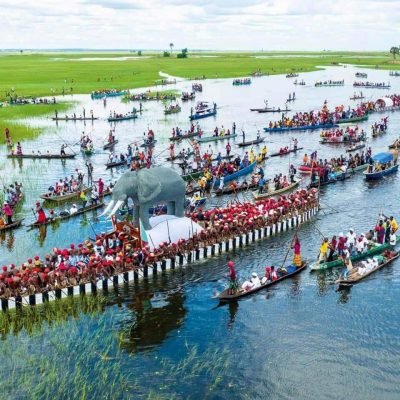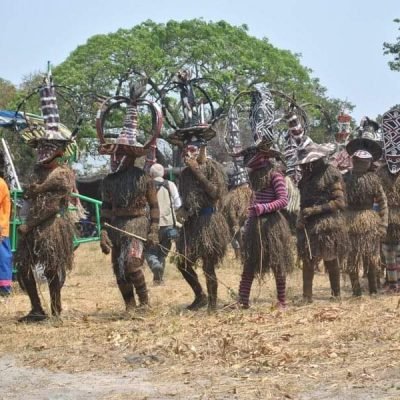Ukusefya Pa Ngwena Ceremony
" celebrations at ng'wena village "
- Ruled by: Chitimukulu
- Tribe: Bemba

- Purpose: Commemorative
- From: August
- Location(s): Ng'wena
- District(s): Mungwi
- Province: Northern Province
Share:
General Information
Ukusefya Pa Ng’wena is a significant cultural event for the Bemba people. It serves to commemorate the founding of the Bemba kingdom and celebrates their history and heritage. It fosters Unity and brings together Bemba people from all walks of life to celebrate their shared identity. Lastly is a way of Cultural Preservation as it showcases traditional music, dance, and other cultural practices, ensuring their transmission to future generations.
History
According to tradition, over 600 years ago, the Bemba people migrated from present day Angola, through the Democratic Republic of Congo and crossed luapula province, led by their leader, the Chitimukulu, arrived at the banks of the Milando River and discovered a dead crocodile. As the crocodile is a symbol of the Bemba’s royal clan, this discovery was seen as a sign of their rightful place. They settled at this location, establishing the first Bemba village, which they named Ng’wena (“crocodile” in IciBemba).
The crocodile is an important totem to the Bemba tribe, as it is a symbol of their connection to the crocodile clan.
Procession
Mwine lubemba is escorted from his palace on a throne which is a couch with a paper mache crocodile on the front.
Like other traditional festivals, Ukusefya Pa Ng’wena features dancing, drumming, singing and consumption of traditional food and beer.
Dress
There isn’t a strictly enforced uniform dress code at Ukusefya pa Ng’wena, but there are traditional attire preferences that many participants follow to show respect for the cultural significance of the ceremony.
Traditionally, men wear the Chimba, a long wraparound cloth made from colorful printed fabric. They might also wear shirts or tunics underneath the Chimba.
The women wear the Musumba, a long flowing dress made of colorful fabric. They may also wear headwraps or other accessories.
While traditional attire is encouraged, some participants might wear more modern clothing styles with a respectful approach. For example, men might wear dress pants and shirts instead of the Chimba, and women might wear long skirts or dresses with blouses.
Musical Instruments
Ukusefya pa Ng’wena features a vibrant display of traditional Bemba music and dance. Here are some of the key musical instruments you’re likely to encounter during the ceremony:
- Amakonde (Thumb Pianos): These small instruments consist of a wooden box with metal tines played by plucking with the thumbs. They produce a clear, high-pitched sound and are often played in ensembles to create complex melodies.
- Ngoma (Drums): Drums of various sizes play a central role in Bemba music. Larger barrel drums provide the rhythmic foundation, while smaller drums (icilombo) create accents and fills.
- Nsansi (Shaking gourd rattles): These instruments are made from dried gourds filled with seeds or beads and shaken to create rhythmic patterns. They add a percussive element to the music.
- Hunting Horns (Ingomvu): These horns, traditionally made from animal horns, are sometimes used to produce ceremonial calls or signals during the ceremony.
- Malimba (Mbira): While less common than the Amakonde, some Bemba music might incorporate the Malimba, a larger version of the thumb piano with a broader tonal range.
- Singing: Vocal performances are a key part of the ceremony. Singers often praise ancestors, historical figures, and the Bemba people in general.
No donation to this project yet.
| M | T | W | T | F | S | S |
|---|---|---|---|---|---|---|
| 1 | 2 | |||||
| 3 | 4 | 5 | 6 | 7 | 8 | 9 |
| 10 | 11 | 12 | 13 | 14 | 15 | 16 |
| 17 | 18 | 19 | 20 | 21 | 22 | 23 |
| 24 | 25 | 26 | 27 | 28 | ||







